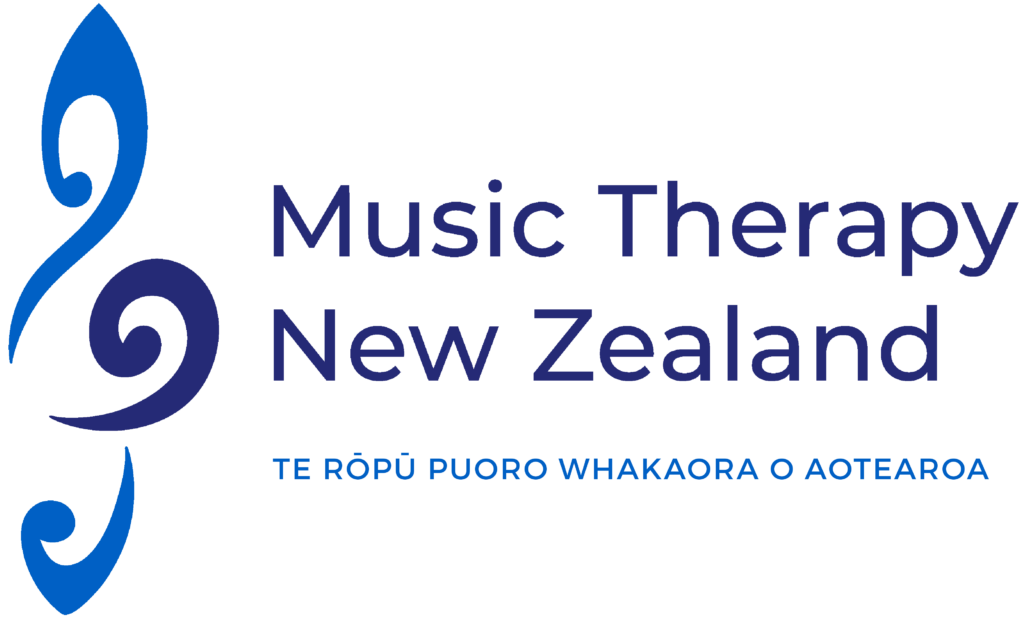Moreno, J. J. (2017). The Lives of Music Therapists: Profiles in Creativity, Volume 1. Dallas, TX: Barcelona Publishers.
Mahoney, J. F. (2017). The Lives of Music Therapists: Profiles in Creativity, Volume 2. Dallas, TX: Barcelona Publishers.
Mahoney, J. F. (2018). The Lives of Music Therapists: Profiles in Creativity, Volume 3. Dallas, TX: Barcelona Publishers.
Reviewer: Alison Talmage
MMusTher (Hons), MEd, PGCert Hlth Sc (Advanced Psychotherapy Practice), PGCert Hlth Sc (Clinical Supervision), BA (Hons), NZ RMTh
The University of Auckland and private practice
This series of e-books presents profiles of an array eminent music therapists (1291 in total), often pioneers in their home countries and influential in the international field. In a profession that values lived experience, biographical and autobiographical writing provide valuable forms of knowledge, while challenging us to reflect on our individual and collective, past, present and future practice. Astonishingly, Moreno initiated this book project two decades ago, yet found no publisher until approached recently by Barcelona Publishers.
A discussion of each individual contribution is beyond the scope of this review, but a full contents list is available from the publisher’s website2. When considering where to begin reading, I recalled Bunt and Stige’s (2014) reflection that “naturally we will all choose different people for our inspiration” (p.69). Some readers might explore the profiles systematically, in published order; others might seek out familiar names or models of therapy. My own curiosity drew me first to the known, to grasp the aims and format of the books, and then to less familiar names and places. I was curious about the range of countries represented3. Understandably, the books include a high proportion of profiles from the USA, but there is a genuinely international flavour. From a New Zealand (NZ) perspective, I was pleased to encounter Daphne Rickson (NZ), Sarah Hoskyns (UK/NZ), Robert Krout (USA, but the inaugural head of the NZ Master of Music Therapy programme), many distinguished Australians4, and an array of other international figures.
The profiles vary in style, honouring each person’s voice, story and perspective, but follow a broadly common pattern of formative musical and professional experiences, clinical approaches, vignettes and publications. I commend the authors for their candid accounts of the interplay between the personal and professional, and the local and the global – the importance of individual interests, family and culture, and the cross-fertilisation of ideas and influences across our international field of practice.
Every writer highlights a significant relationship with music, usually from a young age and often featuring their primary instruments. For example, Benenzon5 recalls the influence of his Russian heritage and his mother’s singing, but also recounts with humour his discovery of improvisation:
My parents signed me up for piano lessons at the age of 4. […] My mother used to place a clock on top of the upright piano so that I would do musical exercises for exactly one hour. One day, however, I discovered that I could improvise and create my own melodies and rhythms. From that moment on, the process was reversed and my mother would beg me to stop playing the piano in order to eat.
(Vol. 1, p. 134)
Ken Bruscia’s expertise as a pianist is revealed through three audio recordings. The value of music in our self-care is highlighted by his observation that, while caring for his unwell mother, “My piano lay silent for months. This did not feel like the right time to be expressing myself at the piano; of course, later I realized that I had been wrong” (Vol. 1, p. 657).
Some profiles and vignettes are enhanced by clinical recordings, particularly the examples of Creative Music Therapy6, and additional examples would enrich the books. Claus Bang’s videos, in English and International Sign Language, are drawn from his extensive multimedia publication7. It was stimulating to watch Serafina Poch Blasco’s videos, narrated in Spanish with English subtitles. I wondered whether publication in English might both support and limit accessibility for readers in different parts of the world, and whether it is feasible for these books to be translated.
What advice do these experts offer? I found much encouragement to develop my own voice, and to prioritise collaboration and communication:
Challenge yourself to grow and develop; find meaning in what you do; respect all people and professions—don’t have a ‘chip on your shoulder’ that music therapy is somehow the best profession; find support, use supervision, and be aware of transference and countertransference issues; keep fit mentally and physically; be a lifelong learner; never stop engaging in reflective practice; and, finally, be bold, try new things, and push the boundaries!
(Alison Short, Vol. 3, p. 1396)
Research was also emphasised by some contributors:
I would advise new music therapists not to sit back and relax. As soon as they get their qualification, they need to start working and researching. […] Without research you don’t really realize what work you’re doing. I’d also say that they should share their professional work with the other colleagues. […] Communication, the sharing of knowledge, is what makes a profession grow.
(Serafina Poch Blasco, Video 1, Vol. 1, p. 170)
Ruth Bright extends this to “the joy of sharing ideas with other music therapists from around the world!” (Vol. 1, p. 545), a theme that permeates these books. I appreciate the authors’ generous sharing of their own lives and significant contribution to the history of music therapy, a collective responsibility highlighted by Bunt and Stige (2014).
Each author concludes with their hopes for the future, responding to the question “What will music therapy be like in 2050?” Rickson acknowledges our eclecticism, and focuses on our role in empowering others to engage musically:
“While there are many valid ways of thinking about and practising music therapy, my practice and research have gradually led me to emphasise the ubiquitous and relational nature of music and the ways in which it brings individuals, groups, and communities together, invites participation, and fosters positive relationships. I believe that everyone, rather than a privileged few, should have the opportunity to musick. […] I have a passion to increase the number of music therapists working in early childhood centres and schools who can resource others to reclaim or maintain their natural musicality through ongoing musical “play.” […] The challenge is to respond to […] employers who remain focused on evidence-based practice and to find ways of convincing them that other types of evidence are equally valid.” (Vol. 3, pp. 1120-1123)
The thoughts of Brazilian music therapist, Lia Rejane Mendes Barcellos, emphasising the local context, also resonate in bicultural and multicultural Aotearoa NZ:
It is my belief that it is not possible for music therapy to have an overall global trend of development. This, in my opinion, is due to the different cultural environments which influence the way music therapy develops in any particular country […] It is possible to find similarities in the music therapy profession but no global trend, even though we are now living through a time of globalization.
(Vol. 1, p.119)
I recommend these books to students exploring the variety of professional practice, experienced music therapists seeking renewal, and everyone with an interest in music therapy. While I would have loved a “coffee table” hard copy, this would be expensive given the scope of the project, and the e- book format is enhanced by video links. I noticed slight discrepancies between the contents list and actual order of profiles in Volume 1, and hope that e-publication eases opportunities for revision.
I hope that these books will not only deepen our appreciation of colleagues and refresh our professional practice, but also prompt the telling of our individual and collective NZ stories. I encourage NZ music therapists to explore the profiles and interviews published in MusT8 and Connections9, and other NZ writing in related genres (Croxson, 2003, 2007; Fletcher, 2016; Hoskyns & Hadley, 2013; Kahui & Hadley, 2013; Molyneux, 2018; Stevenson, 2009) and to consider our potential future individual and collaborative writing and documentary projects.
Notes:
- This includes two profiles of Clive Robbins, focussing on his work in the USA and the UK.
- http://www.barcelonapublishers.com
- Argentina, Australia, Belgium, Brazil, Canada, China, Denmark, Finland, France, Germany, Greece, Ireland, Israel, Italy, Japan, Netherlands, New Zealand, Norway, Spain, Sweden, UK, USA and Venezuela.
- Ruth Bright, Denise Grocke, Felicity Baker, Jane Edwards, Helen Shoemark, Susan Hadley (USA based), Wendy Magee (USA, and previously UK, based), Alison Short, and (incorrectly listed as UK) Clare Callaghan.
- Benenzon Music Therapy has been an important of model of psychoanalytic music therapy internationally, but rarely discussed in NZ. For further information, see this profile or Wheeler (2012).
- Paul Nordoff, the first of two accounts of Clive Robbins, Carol Robbins, Alan Turry, and Michele Schnur Ritholtz.
- The original Danish and subsequent English editions are available from http://www.clausbang.com.
References: See full journal
Download Full Journal


